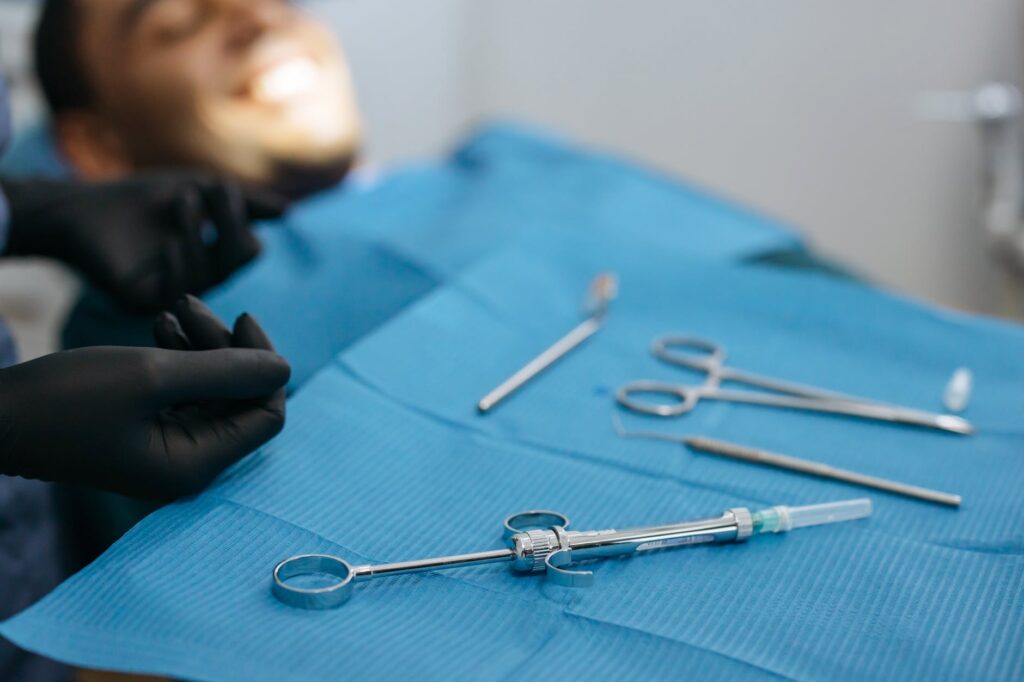
Introduction
There is a growing trend in healthcare toward patient-centered care. This means that patients are actively involved in their own care and treatment decisions. Say’s Dr Brian Blick,this can be challenging for providers, particularly when the goals of the patient and those of the provider do not align. For example, consider an emergency department that provides urgent care to walk-in patients who may have different priorities than those who are scheduled for same day appointments with their primary care doctor (PCP).
Introduction
The article begins by introducing the topic and explaining why it’s important. The author then goes on to discuss the main points of the article.
The first paragraph should include an introduction that states what your article will be about (a brief summary), as well as a thesis statement that summarizes your main point in one sentence.
Anesthesia for non-surgical procedures
- Anesthesia for non-surgical procedures: Opportunities and challenges
- Non-surgical procedures are becoming increasingly common and are an important part of healthcare worldwide. Anesthesia for non-surgical procedures is also growing in popularity, but there are still many challenges that prevent its widespread use.
Challenges associated with anesthesia for non-surgical procedures
The most significant challenge associated with anesthesia for non-surgical procedures is the difficulty in assessing the patient’s pain. This can be a challenge because many patients do not complain of pain or may not even realize that they are experiencing pain. In addition, there are numerous factors that influence how much discomfort a patient experiences during anesthetic care, such as age and medical history (e.g., previous surgeries).
Another challenge is determining whether or not a patient has anxiety about undergoing anesthesia and/or surgery itself. Some patients may be more anxious than others due to their personality type or past experiences with medical procedures. It’s important for nurses, doctors, and other health professionals who provide care before surgery begins so they can assess any potential problems before administering anesthetic drugs into our bodies via IV lines inserted into veins located near our arms/wrists area which will ensure safe delivery without causing side effects from being exposed too long without proper care being given beforehand
Opportunities associated with anesthesia for non-surgical procedures
- Reduce the number of patients who are under general anesthesia for procedures that could be done with local anesthesia.
- Reduce the number of patients who are under general anesthesia for procedures that could be done with regional anesthesia.
Future research may better clarify the role of anesthesia in non-surgical procedures.
Future research may better clarify the role of anesthesia in non-surgical procedures. This can help reduce the number of complications associated with non-surgical procedures, as well as provide more information about how anesthetics interact with each type of tissue.
Conclusion
The future of anesthesia for non-surgical procedures is bright. The possibilities are endless, and the trends all point in the same direction: more patients, more procedures, and better outcomes for both. As with any innovation, however, there will be challenges along the way. In particular, there needs to be greater awareness among anesthesiologists about how anesthesia can improve patient outcomes by helping them recover from surgery faster than they would otherwise have been able to do so without it (Gonzales et al., 2012; Kusters et al., 2016).